Our journey through Peru culminated with a thrilling visit to the Amazon jungle, a destination we were eagerly anticipating. After a short flight from Cusco, we arrived at Puerto Maldonado, a small port town that served as the starting point of our rainforest adventure. Peru has two primary ports of entry to the Amazon jungle, with Iquitos in the northeast and Puerto Maldonado in the south. While the former is larger, the latter has gained popularity in recent years not only as a gateway to the jungle but also as a hub for gold miners. Although Puerto Maldonado might appear quite unremarkable and shabby, it has grown in significance as a bustling and dynamic location in the region.
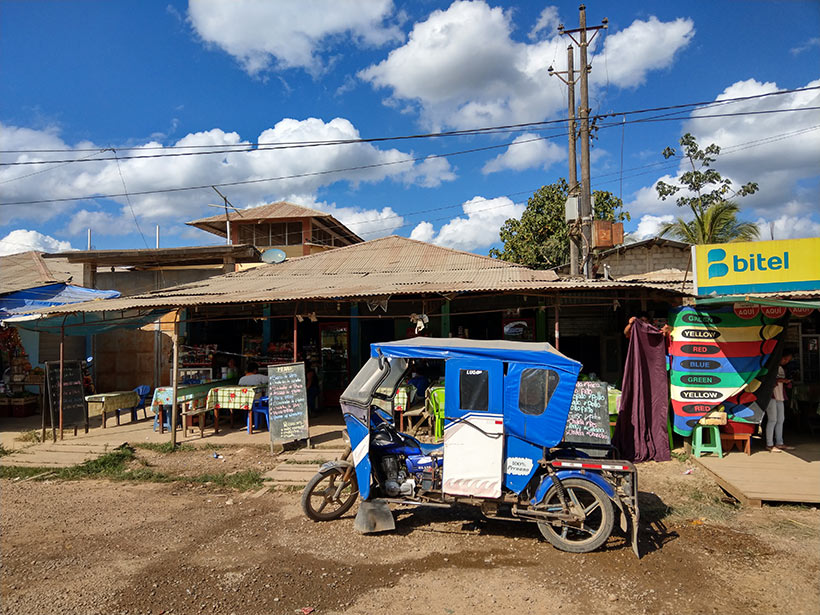
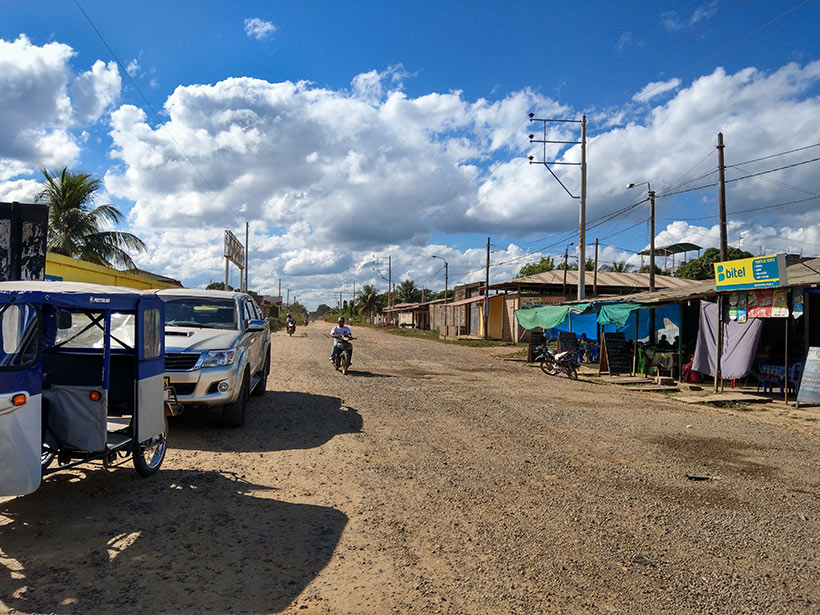
Upon arriving at the airport, we were promptly whisked away to a remote office where we deposited our larger bags, grabbed our duffel bags, and boarded a bus bound for the river. Before embarking on our adventure, we were presented with a scrumptious take-out lunch, which featured the Peruvian version of fried rice expertly wrapped in banana leaves. The next leg of our journey involved a thrilling 2.5-hour canoe ride down the Tambopata river, as we marveled at the stunning sights and sounds of the Amazon jungle.
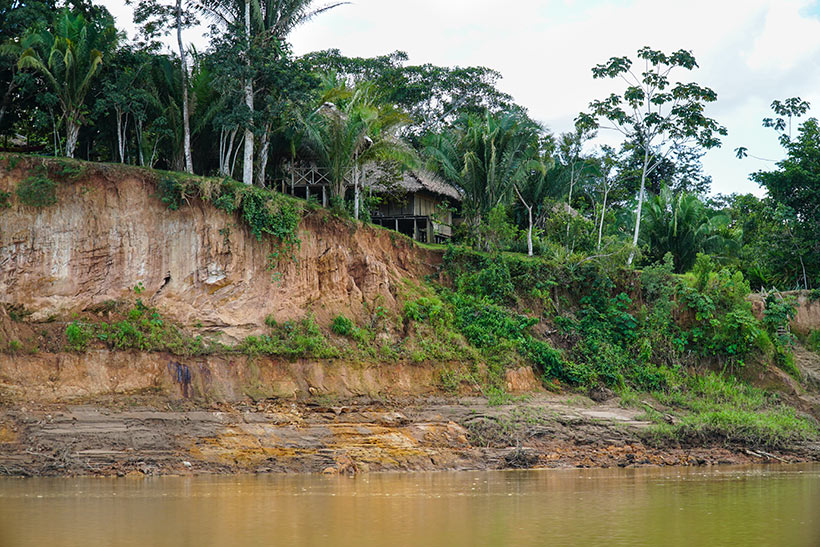

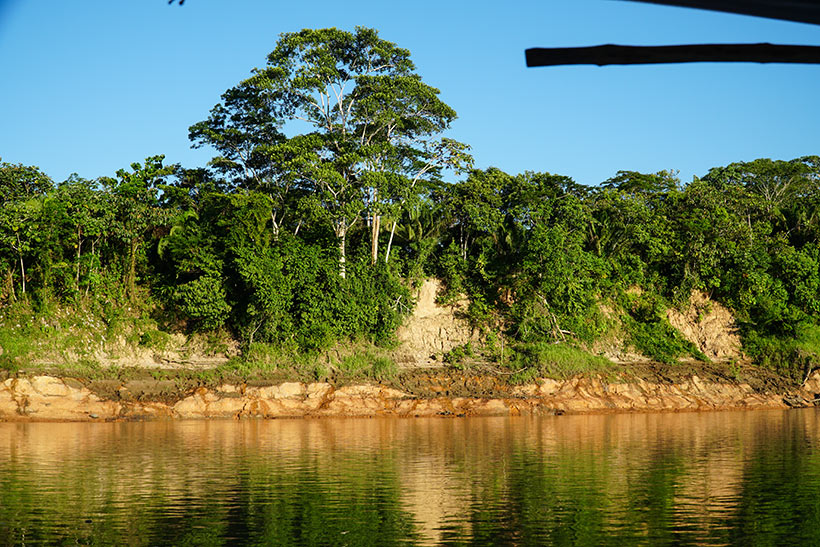
Our boat ride to the Explorer’s In EcoLodge was quite interesting and relaxing, and 2.5 hours flew by in the blink of an eye. During the journey, we were able to get our first glimpse of the jungle habitat, spotting a cayman in the distance and observing tortoises and capybaras, the largest rodents in the jungle (more on these fascinating creatures later). We were also delighted to witness local children swimming and playing along the river shores. As the late afternoon approached, we finally arrived at the EcoLodge, which is the oldest lodge in the Tambopata National Reserve, having been built in the 1970s and recently renovated. We were pleasantly surprised by how cozy and well-furnished the rooms were, and we appreciated the lodge’s cleanliness and attention to detail.
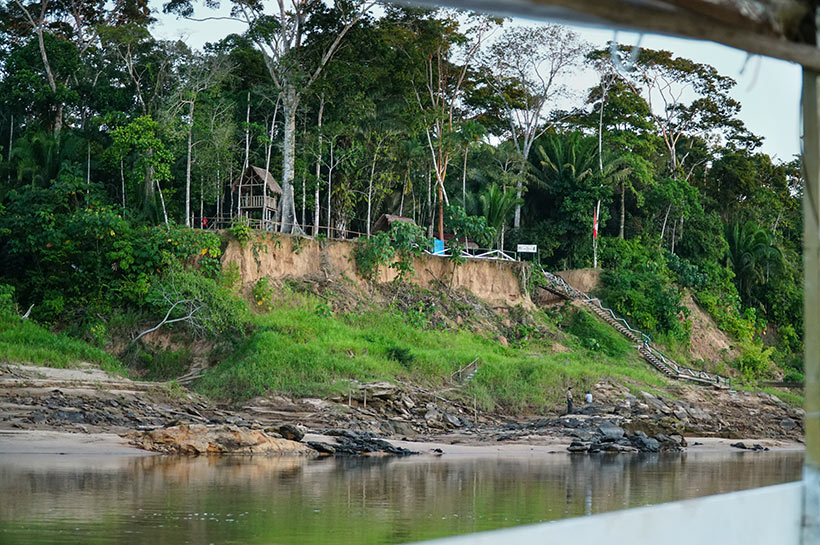
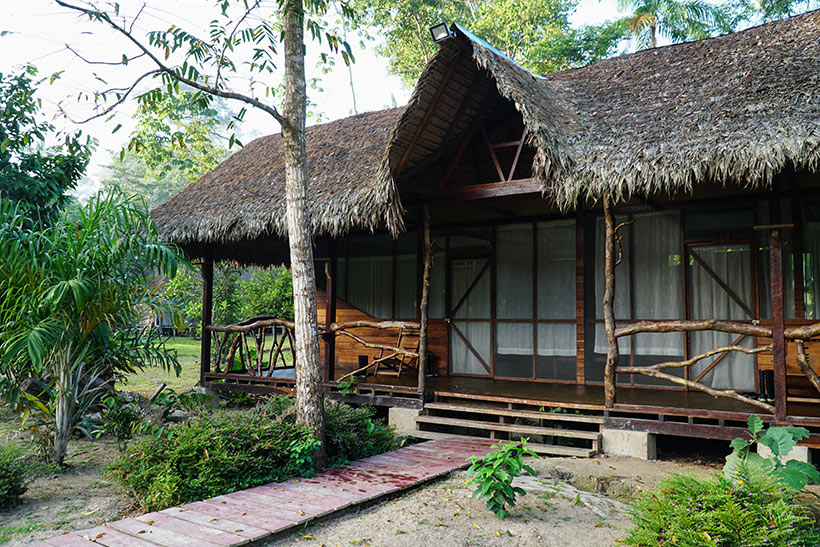
For dinner, we enjoyed a delicious home-cooked meal of chicken and rice, followed by a refreshing dessert of jello and freshly squeezed pineapple juice made from fruit grown in the lodge’s garden. After dinner, we embarked on a thrilling night walk through the jungle, where we witnessed incredible sights and learned fascinating facts about the local wildlife. We observed leaf-cutter ants gathering and compiling leaves in their nest, mixing them with mushroom spores to grow mushrooms that they feed on. These tireless creatures work around the clock, taking a break only during the rainy season. We also encountered a “walking tree” that moves slowly by growing new roots toward sunlight and letting old roots die off in the air. Additionally, we spotted several tree frogs and tarantulas and stopped to listen to the enchanting sounds of the rainforest at night.
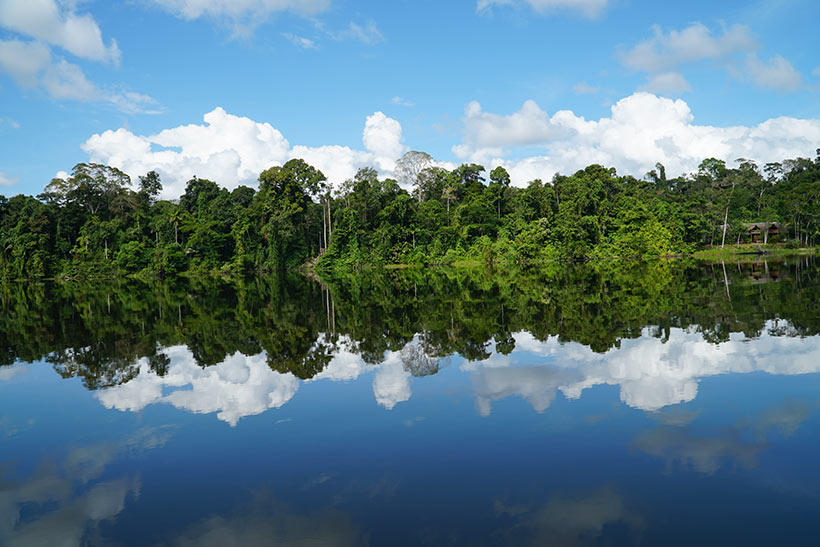
Over the next few days, we were treated to a non-stop series of organized expeditions that kept us thoroughly entertained from dawn until dusk. Our first adventure took us to an inner lake in the jungle where we had the unique opportunity to try our hand at piranha fishing (I managed to catch one!). We also tried to catch a glimpse of the elusive monkeys that make their homes high up in the trees, and we were treated to a stunning display of exotic birds. Additionally, we observed giant leaf-cutter ants and marveled at a humongous termite nest that spread out over several square meters. These incredible experiences left us in awe of the diverse and vibrant ecosystem of the Amazon jungle.
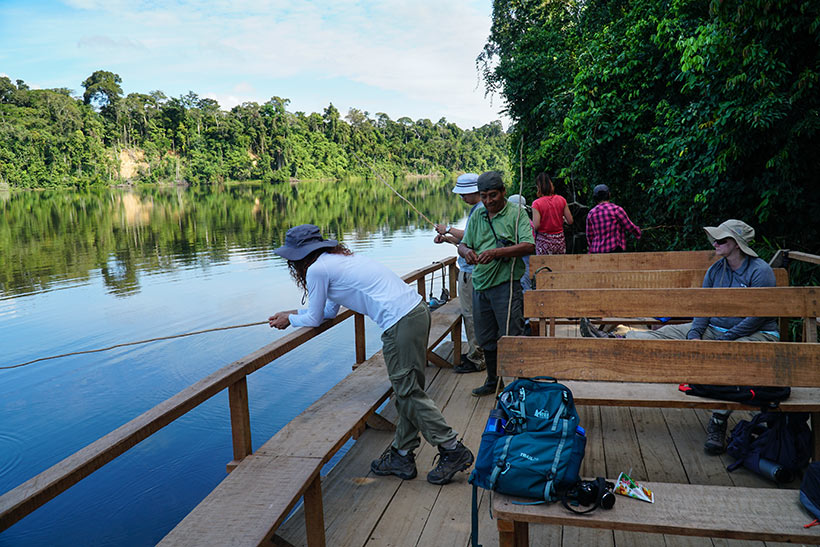
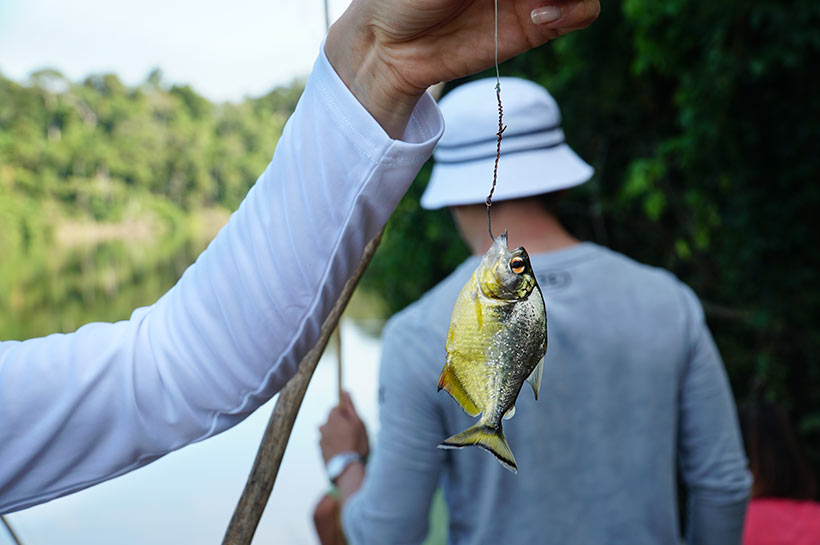
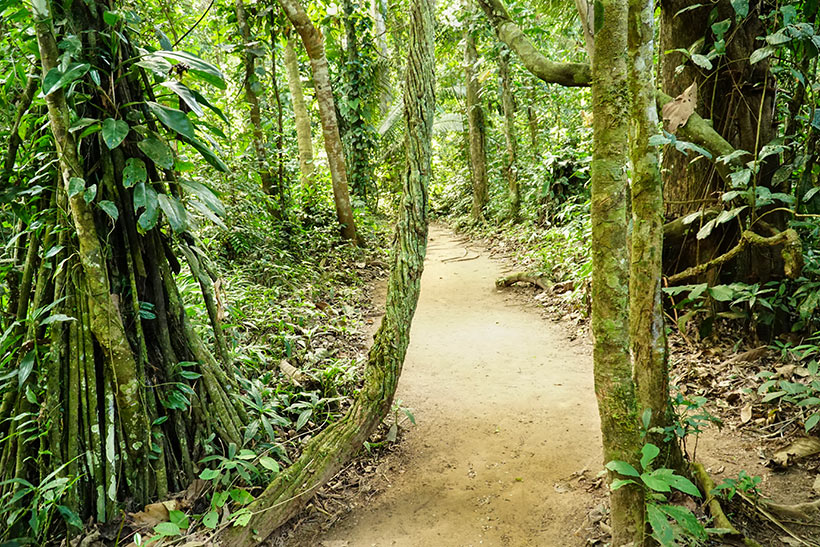
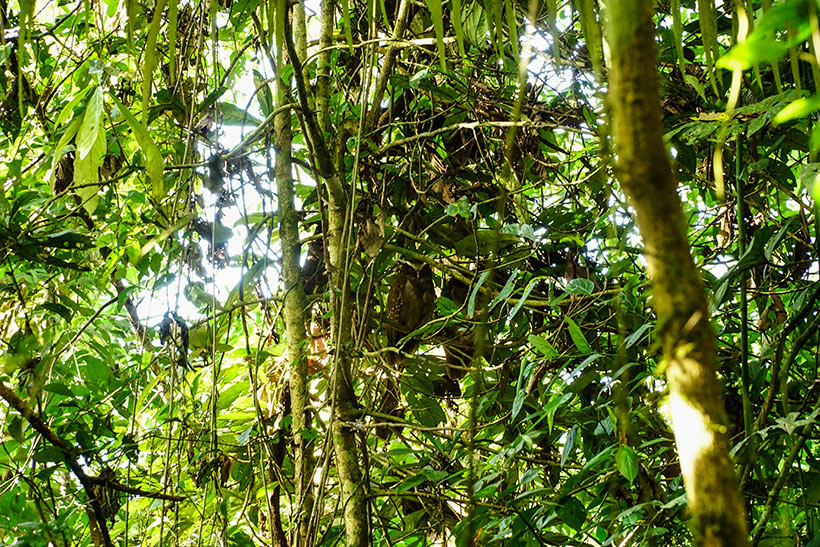

One of our favorite moments of the trip was on the first morning in the jungle when we came across a family of capybaras. Seeing these fascinating creatures up close was one of the highlights of our time in the Amazon. Recognized as the world’s largest rodents, these funny looking creatures, with their short ears and a head resembling that of a rabbit, and their sturdy, pig-like bodies are truly unique. They even have webbed feet, which are perfectly suited for their semi-aquatic lifestyle.
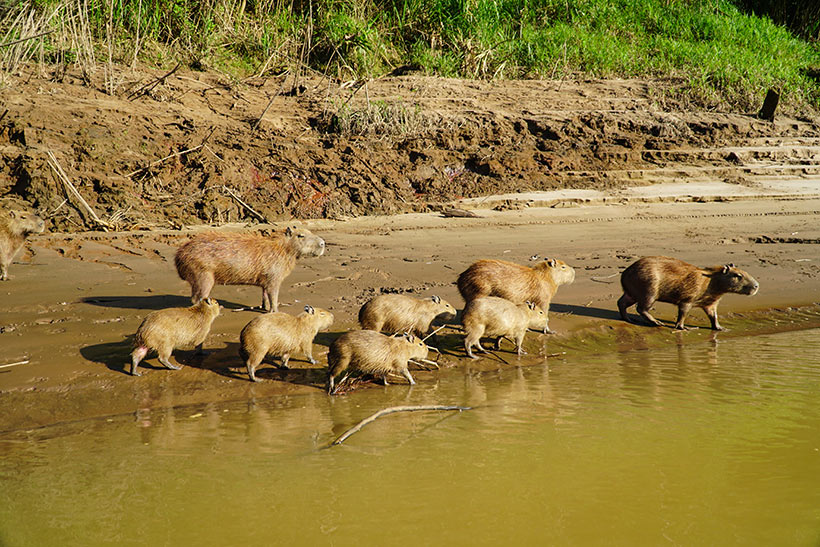
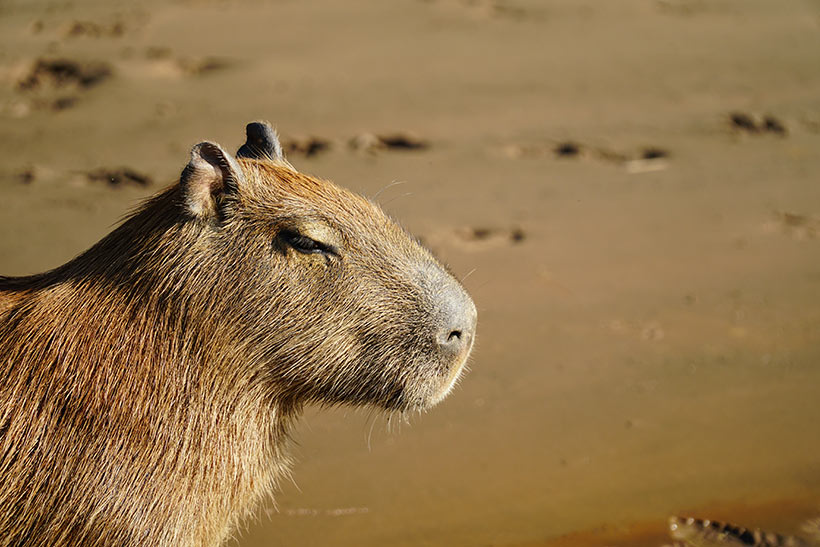
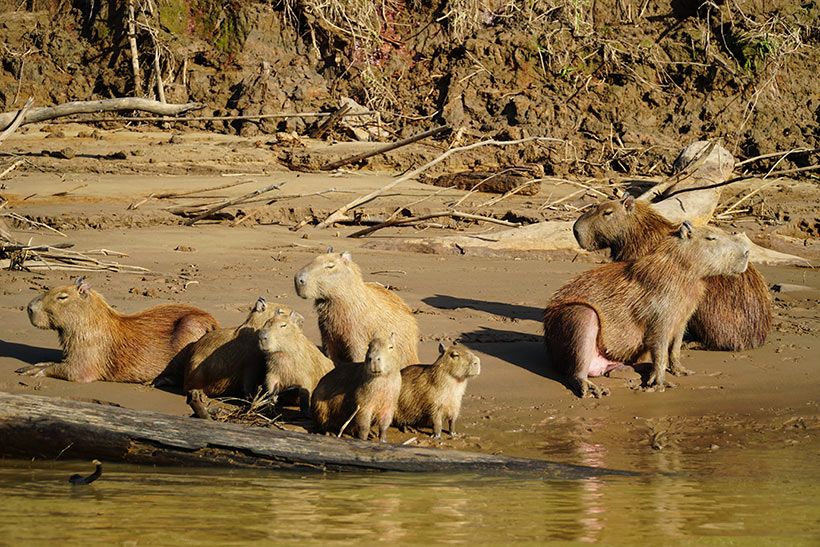
On our morning excursion, we witness a curious sight – along the exposed banks on the river hundreds of parakeets and other parrots gather each morning to feast on the mineral rich soil. No one knows for sure if this is the case but the theory is that parrots replenish some of the nutrients missing in their diet or neutralize the plant toxins they consume by eating the clay.
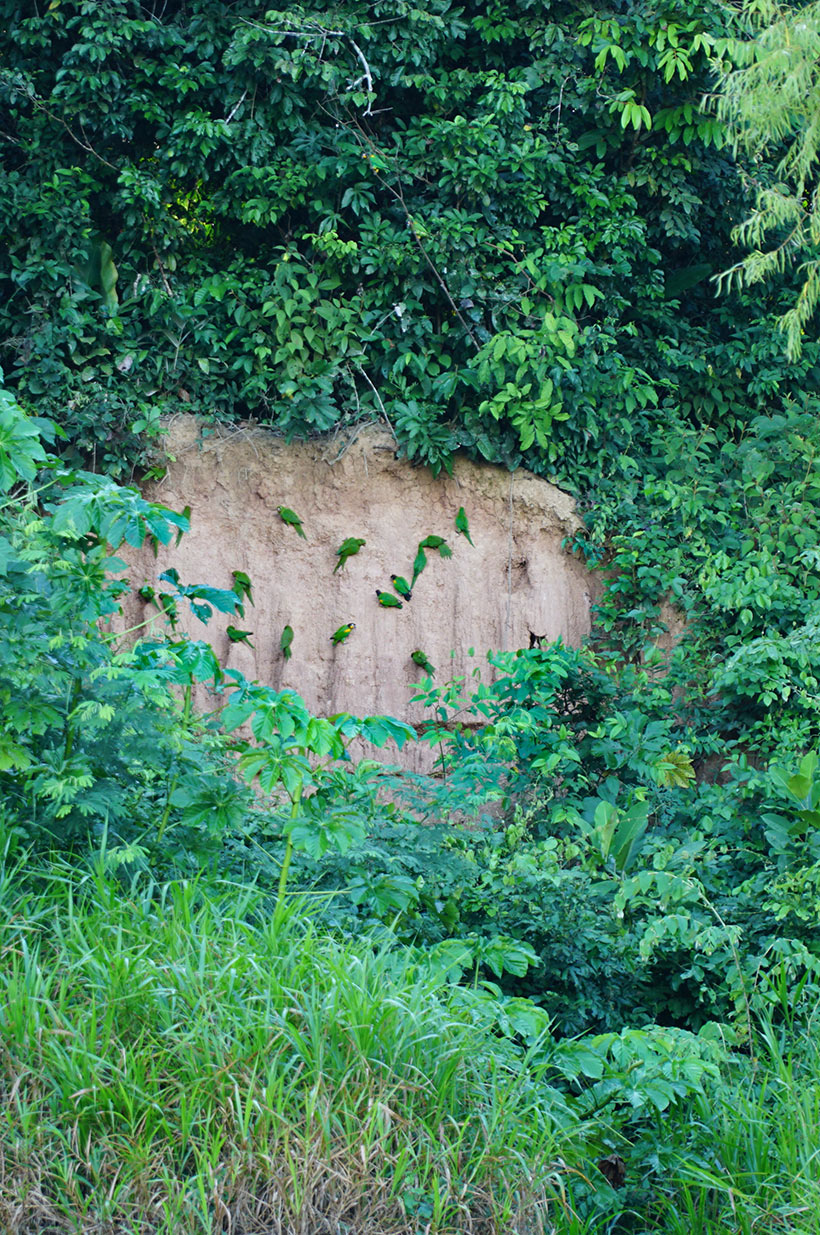
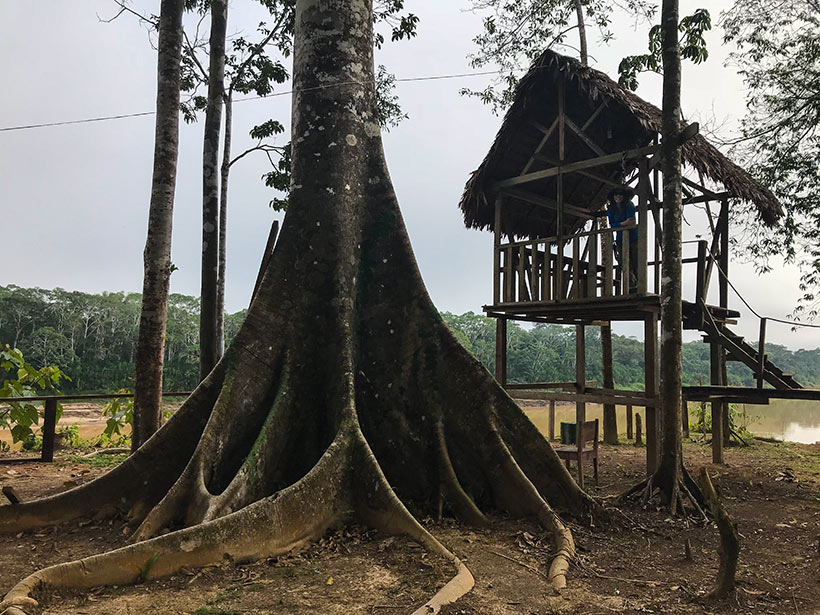
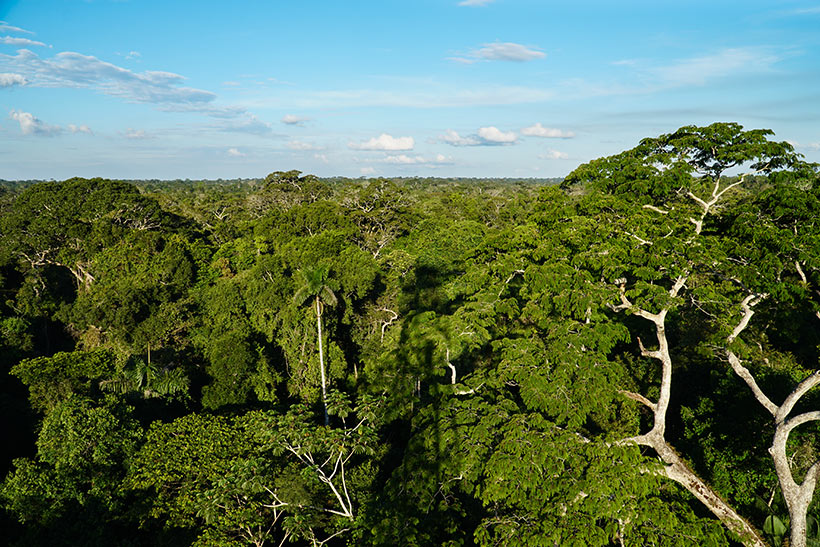
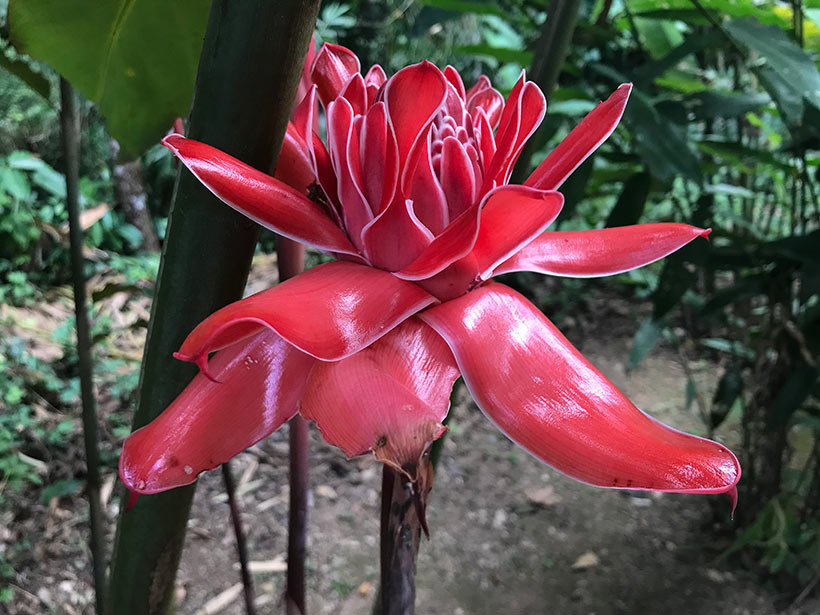
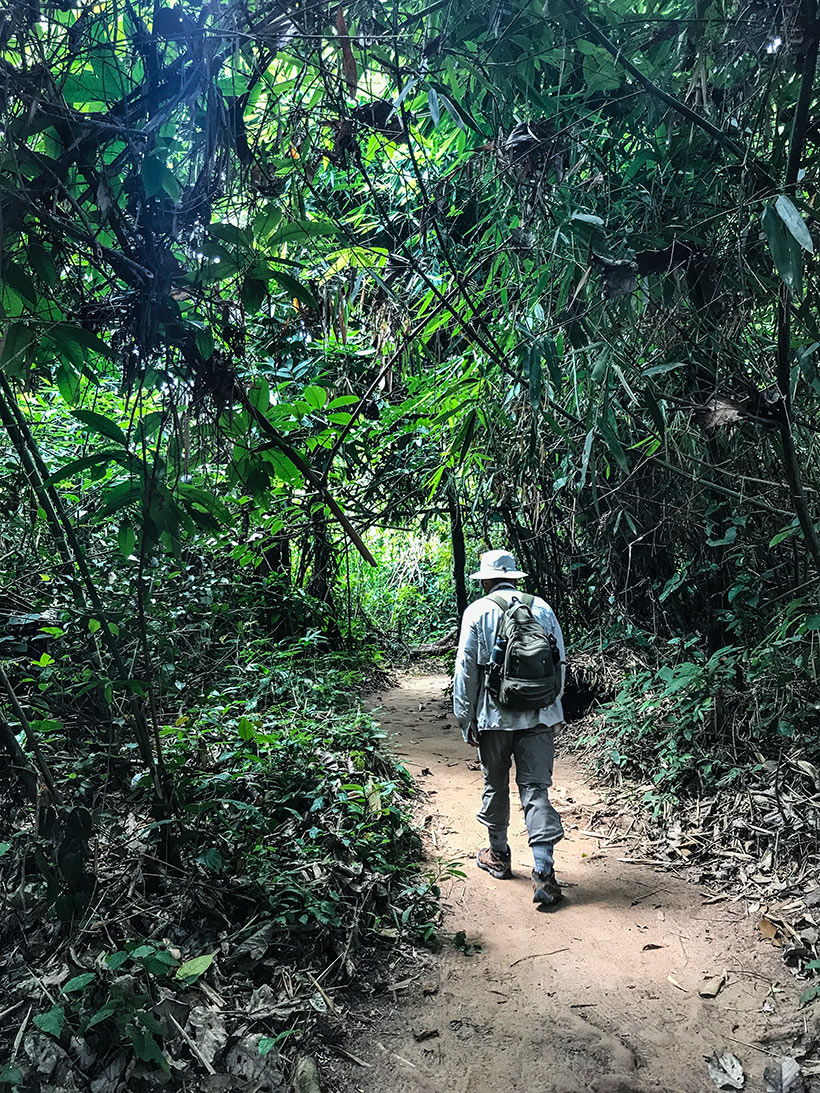
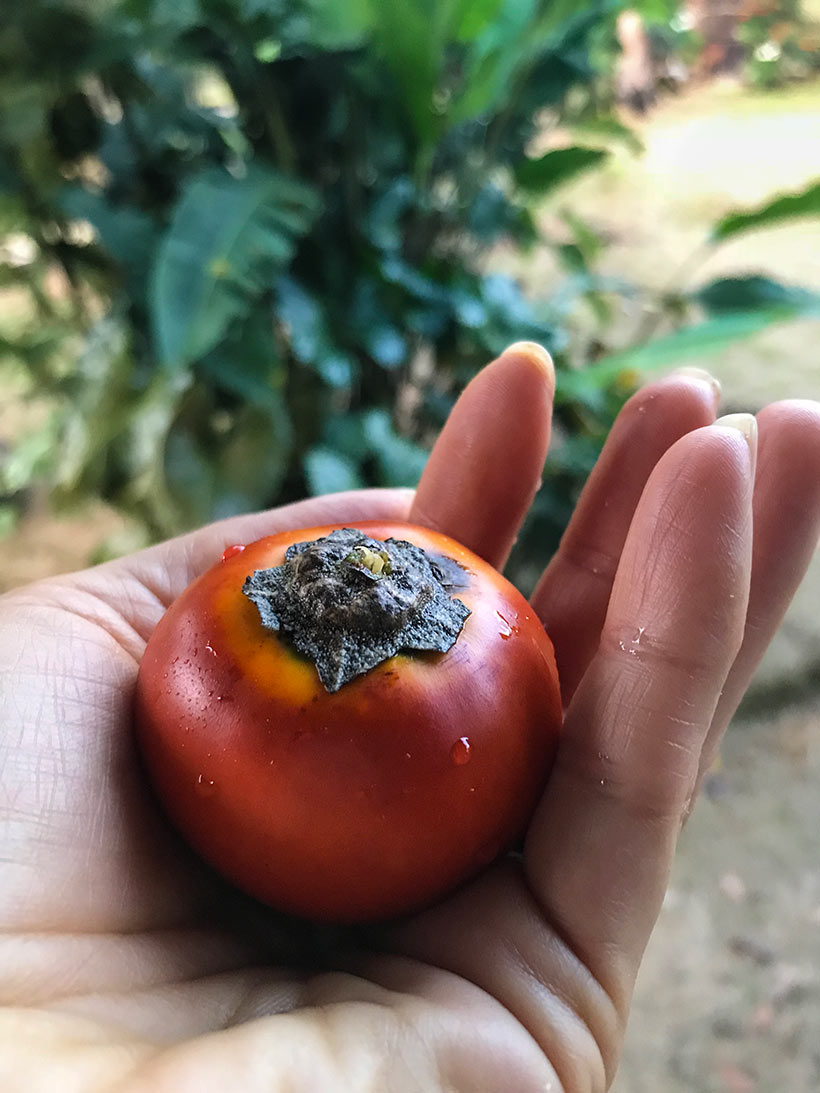
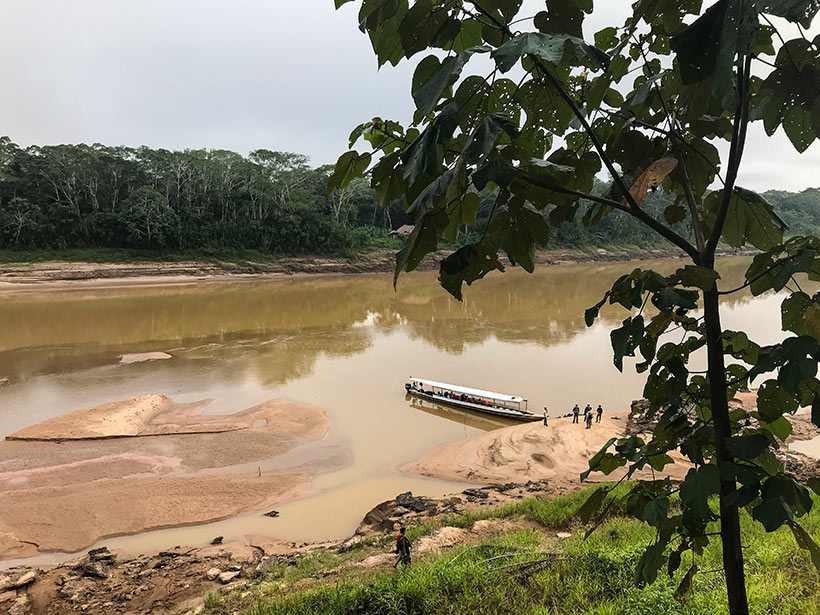
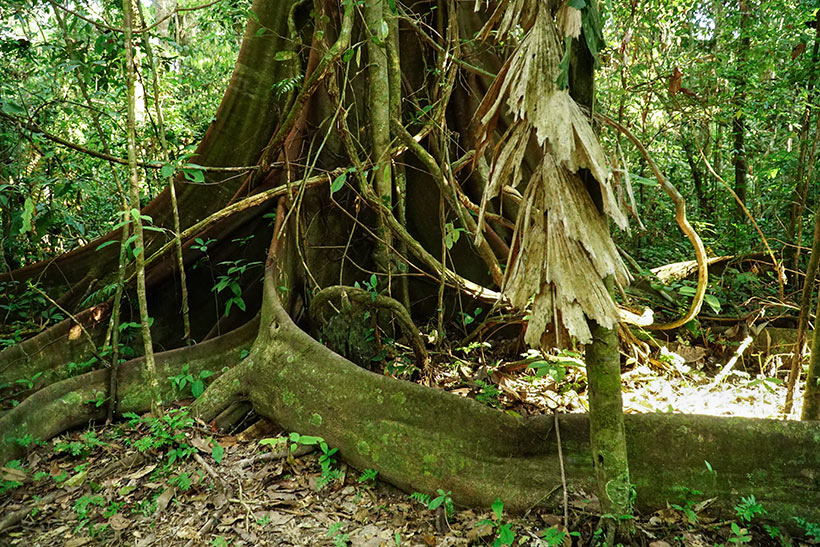
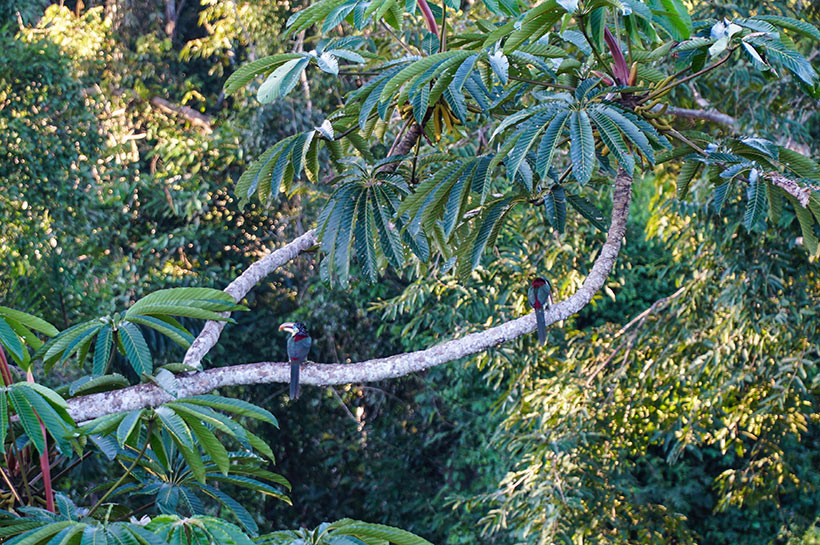
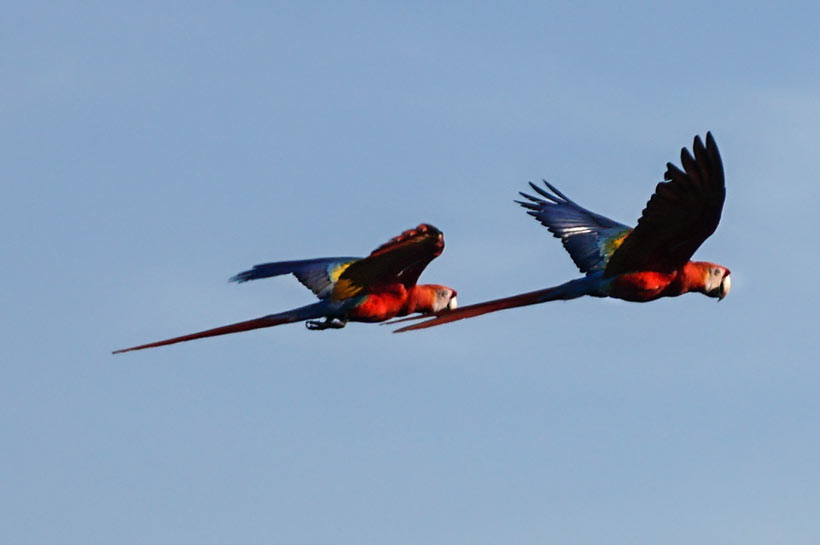
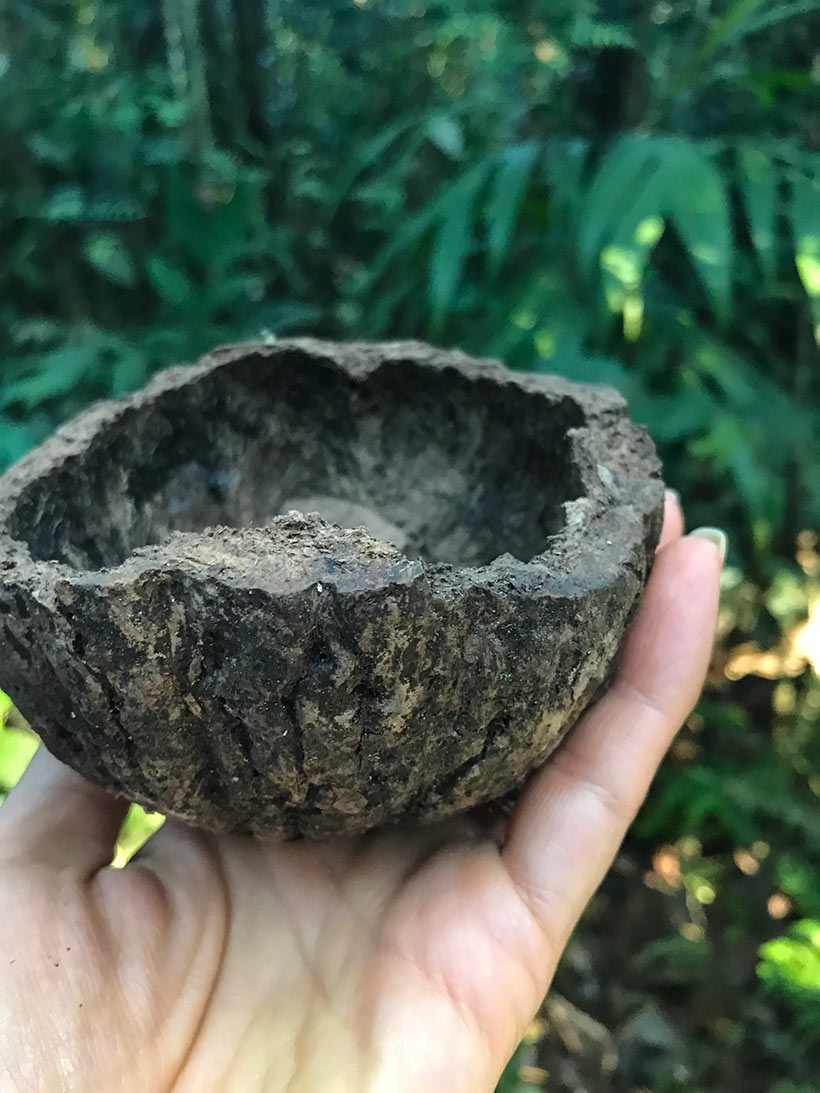

After dinner, we reconvened at the riverbank and embarked on a nighttime canoe ride in search of caymans. During the excursion, we spotted three to four small white caymans, each measuring approximately 70cm in length. These particular specimens were the smaller of the two known species.
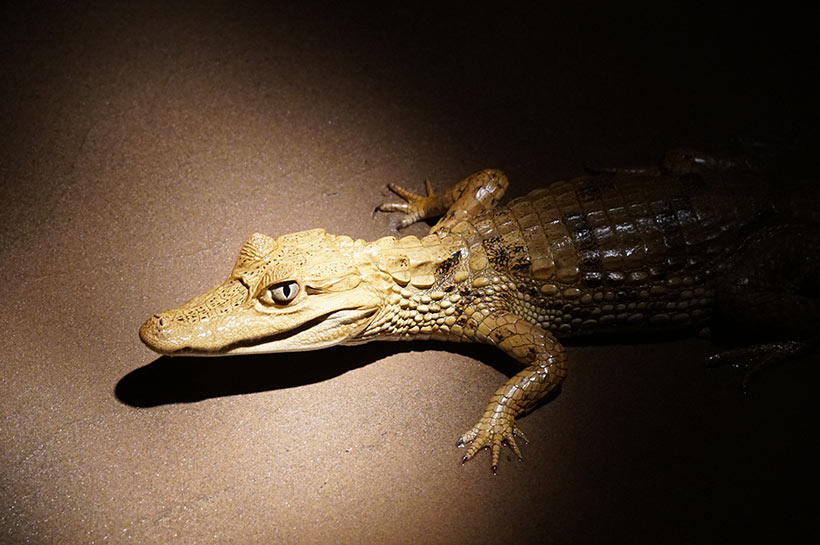
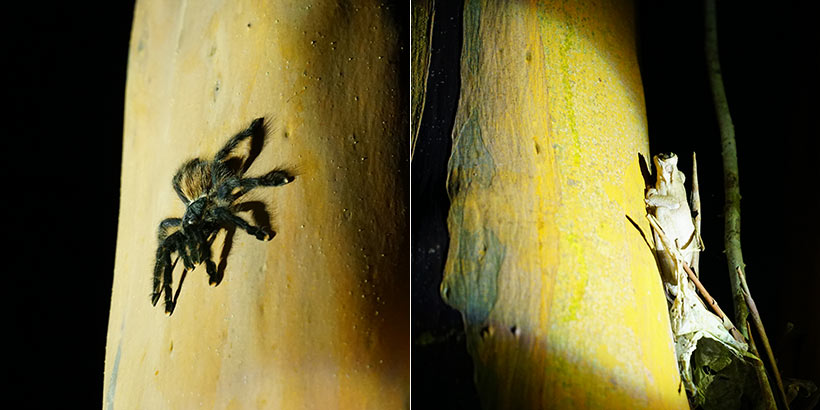
Although short our Amazon jungle experience was quite memorable! The jungle cast a spell on us, and we vowed to return some day and spend more time exploring this wonderous ecosystem. Without a doubt, navigating such environments requires the guidance of a seasoned expert, like our guide Victor, whose senses were so attuned to nature, it was almost hard to believe what he could hear and see. You need someone capable of exposing the hidden treasures lurking within the jungle’s depths, and making sense of the sights and sounds that evade our untrained senses. Without such an experienced guide, we would have been oblivious to the many hidden marvels that the jungle has to offer.